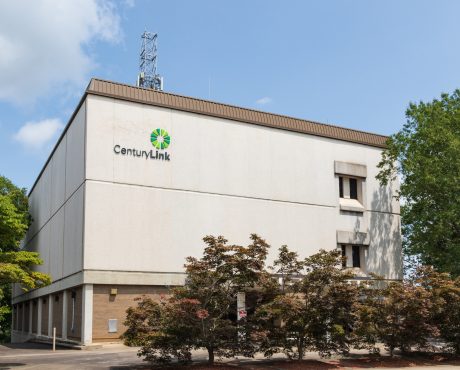Can Investors Really Trust CenturyLink Inc’s 7.7% Yield?
It sounds like the dumbest investment strategy in the world: buying shares of companies that have recently slashed their dividends.
Executives, after all, loath to cut their distributions. Such actions signal a big problem in the business. And because such measures anger shareholders, it often triggers an investor stampede for the exit.
That said, such situations sometimes create opportunities. I often describe these situations as shopping through the “scratch and dent” section at IKEA. On these occasions, you can often buy good, albeit slightly damaged, assets for a real bargain.
Case in point: CenturyLink Inc (NYSE:CTL). The telecom company has struggled for years with falling sales, tighter margins, and a big debt load. That forced management to cut the company’s dividend by more than half last year.
The thing is, this might have created an opportunity for income hunters. Thanks to the plunge in CenturyLink’s stock price, CTL stock now yields a fat 7.7%. But can the company sustain even this lower payout? Let’s dive into the financials.
For one thing, CenturyLink’s lower distribution leaves the business on a sounder foundation. Management projects that the business will generate $3.1 to $3.4 billion in free cash flow in 2019. From this total, the company is set to pay out $1.1 billion in dividends. (Source: “2nd Quarter 2019 Results,” CenturyLink Inc, August 7, 2019.)
Generally I like to see companies payout 90% or less of their cash flow as dividends. This gives management a little bit of wiggle room. So in the case of CenturyLink, the 32%–35% payout ratio sits well within my comfort zone.
And those cash flows look poised to grow.
In 2017, CenturyLink completed its acquisition of rival Level 3 Communications. Considering the many redundant costs that will be eliminated and the tax benefits that will be received from this purchase, management still sees opportunities to boost the company’s cash flows.
Furthermore, CenturyLink continues to shift away from its declining consumer business and into the more lucrative enterprise space. Over the next five years, analysts see the company growing its earnings per share at a low double-digit clip. That should leave management with more funds to pay down debt, reinvest in the company’s network, and repair the dividend to shareholders.
Of course, no one can call CenturyLink a slam dunk. As mentioned above, the company’s consumer landline business remains in decline. If consumer sales fall faster than enterprise segment sales rise, CenturyLink’s revenues will flatline.
Moreover, the company’s large debt load will make things difficult to maneuver. At the end of 2018, CenturyLink’s net debt stood at four-times earnings before interest, taxes, depreciation, and amortization (EBITDA).
Those interest payments will suck up cash flow that could’ve been used to upgrade the firm’s network or pay shareholders. It also leaves the business vulnerable to a spike in borrowing costs or a freeze in the credit market.
For these reasons, it’s difficult to slap a “safe” rating on CenturyLink Inc’s dividend. But for investors who understand the risks upfront, they’re getting well compensated for the risks they’re taking. This could make a nice supplement in a well-balanced portfolio of dividend stocks.
